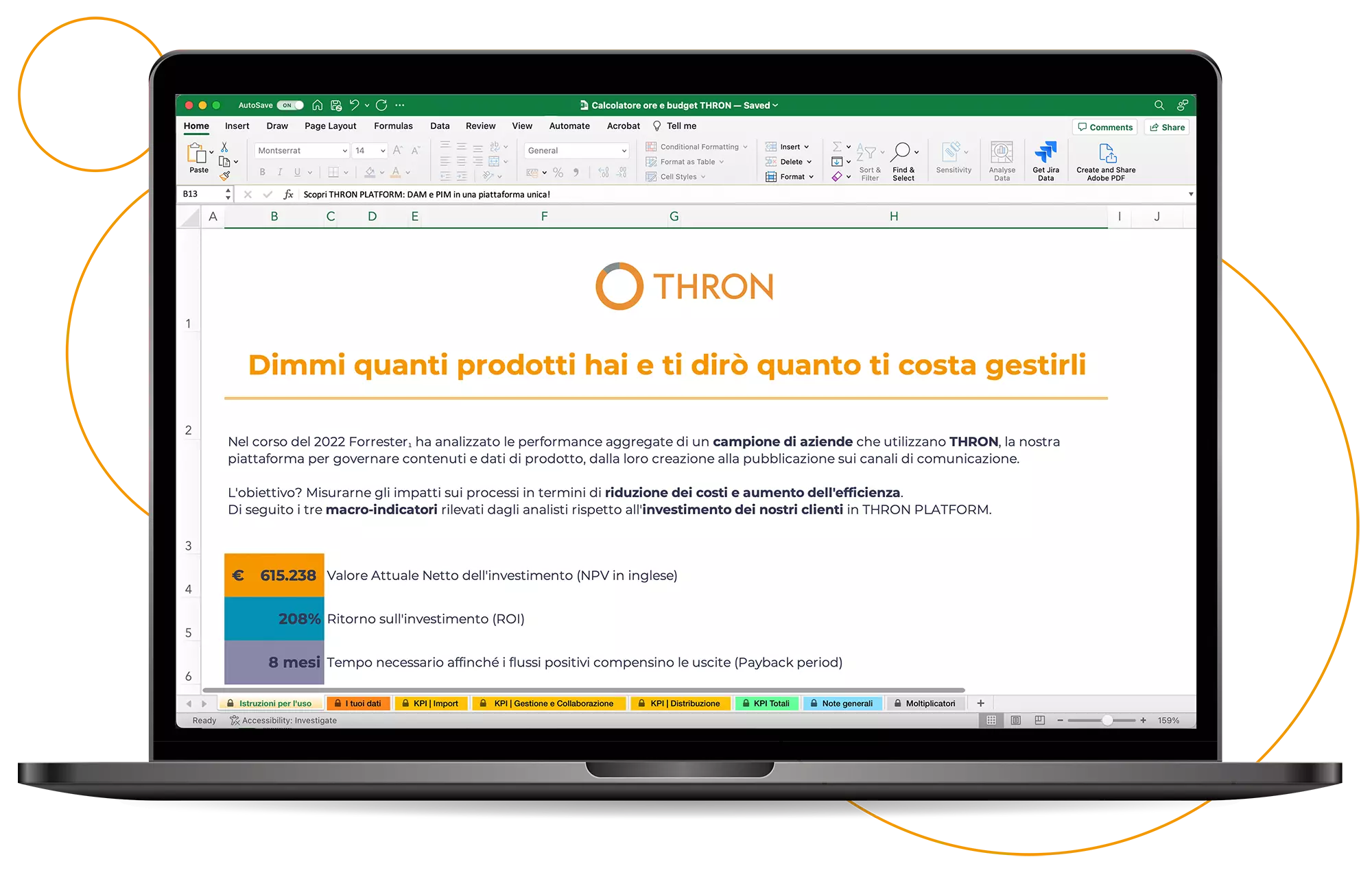
Image and product data management affects all companies: from fashion to manufacturing, via furniture and retail. In this article you will find a quick review of both, 5 key features to take control of them and an indication of the ROI that can be achieved by a DAM+PIM platform like ours.
Image management is a complex flow of activities relating to one of an organisation’s most strategic assets, beginning with its creation – or import into a centralised system, if the content already exists – and continuing in alternating stages of search, classification, archiving, approval, review, optimisation and publication.
Image management falls under the broader umbrella of Digital Asset Management, a process whereby a DAM software is used to manage a digital asset, i.e. an image, video, audio or document and its metadata.
From the centralisation of information to its publication on end channels, via the enrichment of data from the ERP and the approval of product sheets for websites, e-commerce and catalogues.
This, in three words: Product Information Management, a process managed by PIM software.
We have written it many times in this blog: if the priority of companies is business, their focus must be the customer experience. That’s why we need to move from a DAM vs. PIM approach to a DAM + PIM approach such as THRON PLATFORM, which centralises the company’s entire wealth of assets and data within a single platform.
Whether the customer relates to a brand and its products by browsing through a catalogue on the website, the pages of an e-commerce, a brochure at a trade fair or the sections of a marketplace, the substance does not change.
At the basis of the consumer-business interaction there is always a product sheet rich in digital assets and product information. Good image management, as well as good product data management, are essential for sales, as well as ensuring considerable optimisation of internal processes.
Whether it is one of ten versions of the same image, adding an SEO-friendly description line to the product or reviewing the company profile once again, keeping track of what has been is crucial.

Thanks to the versioning of a DAM+PIM platform, you are always assured of access to the most up-to-date version of any content, but also to all the revisions that preceded it.
The advantage, especially in terms of image management, is twofold: the risk of using obsolete assets is eliminated and, if necessary, previous versions can be restored on the fly, without them being scattered among shared PC folders or servers.
It may seem trivial to you, but in order to be able to say that you manage images and product data, you cannot disregard their searchability.

We measured the time spent searching for content on a sample of our customers and found on average that – in a team of only twenty people actively involved in the various DAM/PIM processes – more than 800 hours are spent each year due to the fragmentation of data and content locally or in the various tools of the IT stack, inaccessible to the entire organisation.
Transcoding is an automated process of converting a digital asset into various formats, so that – at the publishing stage – every user connecting to the company’s channels enjoys a quality experience, thanks to content that is perfect for their conditions of use (browser, device, connection quality).
Automatic optimisation, on the other hand, consists of the adaptation of certain attributes in order to make each piece of content in line with the requirements of a specific channel, without any manual effort; this is the typical case of changing the resolution or background colour of the same image depending on whether it is published on the site or in a catalogue.

These are two distinct functionalities, but together – within a platform like THRON – they contribute to a 90 per cent reduction in the time spent post-producing, reformatting, uploading and verifying content for each channel.
Not to mention the benefits in terms of improved customer experience on every brand touchpoint.
That is, the delivery of digital assets and product information on corporate channels. Optimal image (and product data) management, especially if aimed at online sales, requires a distribution of information assets:

Again, the benefits at stake are quite valuable; from a 40% reduction in bandwidth costs to an 80% reduction in the time spent translating and delivering product information, according to Forrester’s surveys of our aggregated customer sample.
According to Forrester’s measurements, THRON’s ROI is over 200%.
Based on our experience with numerous customers, we have created a template (in Italian) that allows you to go even further.
By analysing the impact of the platform’s various features, you can calculate how much you can save on the costs of managing product information and digital assets today through a single platform.
Download a copy of the template and simulate the return on investment of image (and product data management) with THRON for your organisation!
